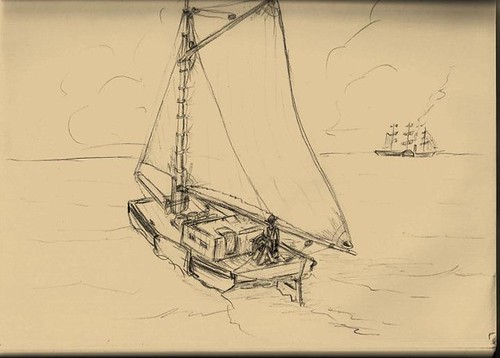
The Crystal River Boat Builders chapter of the Traditional Small Craft Association have made good progress on their scow project over this last summer.
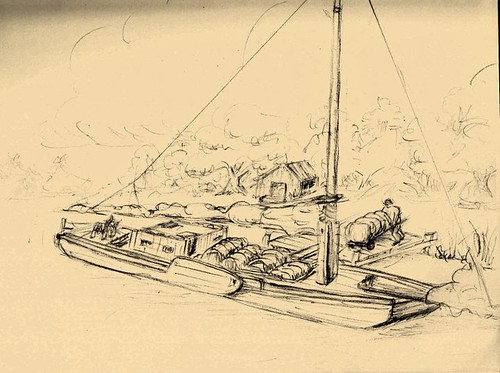
The USS Wartappo was used by the East Gulf Coast Blockading Squadron along the Crystal River shore, in Florida, during the United States civil war. Its history is documented in the correspondence of the squadron which can be found on the Crystal River website.
A sailing scow was captured by the ships of the Union squadron. The scow and it's "contraband" were taken as a prize of war. The scow was likely used to transport cotton, lumber, turpentine and such from the local rivers down to waiting ships anchored at sea. The contraband was likely privately owned goods intended for sale, but trade was forbidden under blockade.
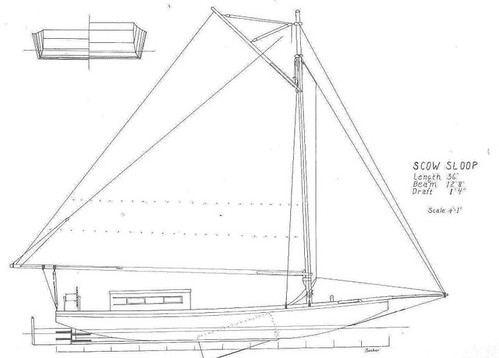
This story has become the centerpiece of a historical reenactment, if you will. The folks in Crystal River, Florida have begun construction on a "replica" of the scow Wartappo using strictly period appropriate tools and (measurement?) methods (A fellow lays on the ground with his arms spread - that's five feet.)
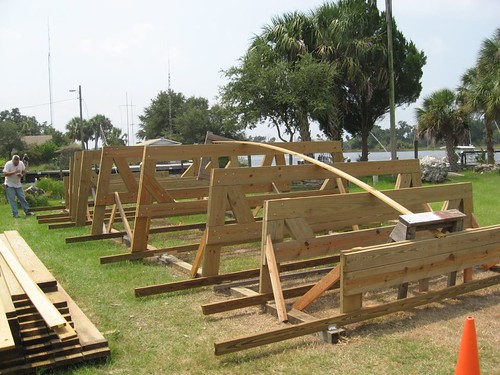
When I look at this vessel from a modern perspective, I see a comfortable and spacious live-aboard.
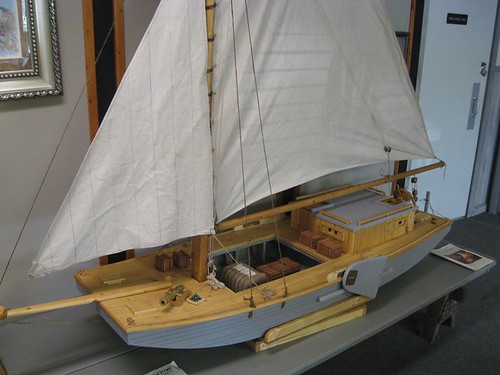
No joke.
If the Economic Meltdown of the Millennium has you down, why not build yourself a scow and live like a queen or king? And if you choose to cruise the Salish Sea (or your favorite haunt) in your scow, who's the wiser? Maybe we can raft-up in some remote cove and toast a cocktail.
On your boat.
Desperate times require disparate methods.
.













































